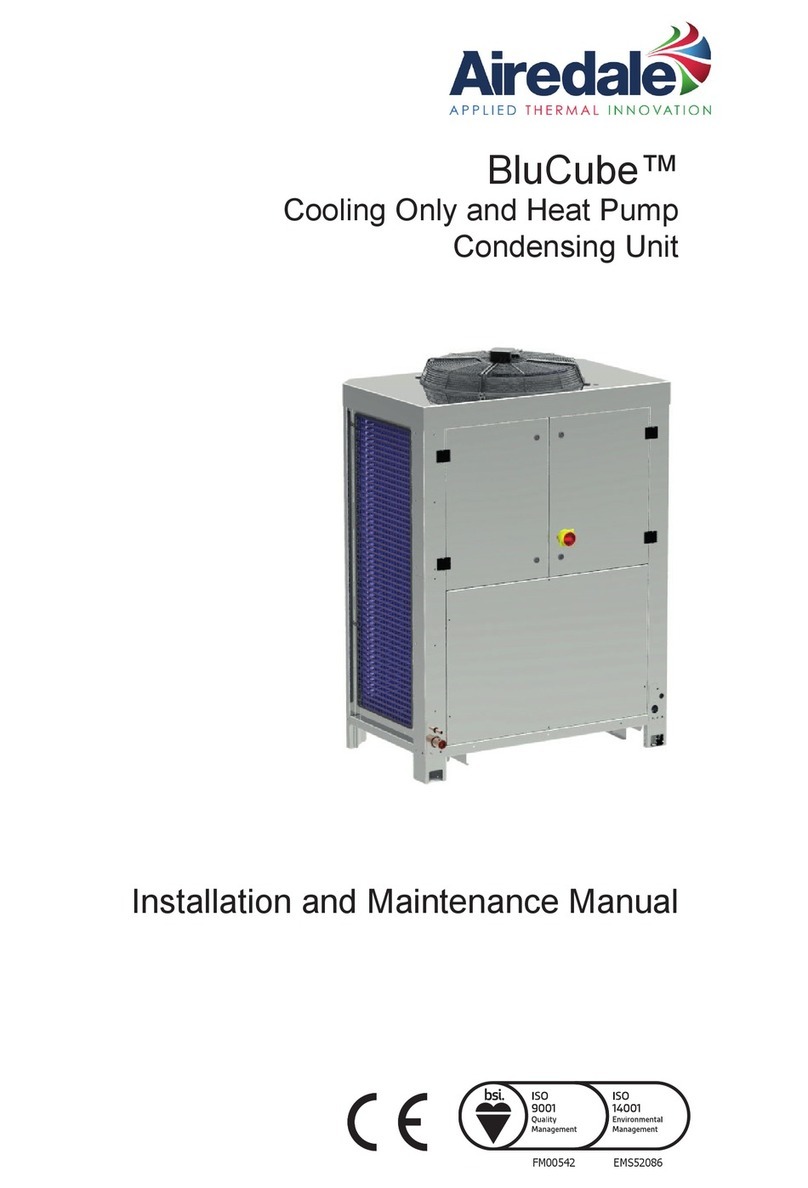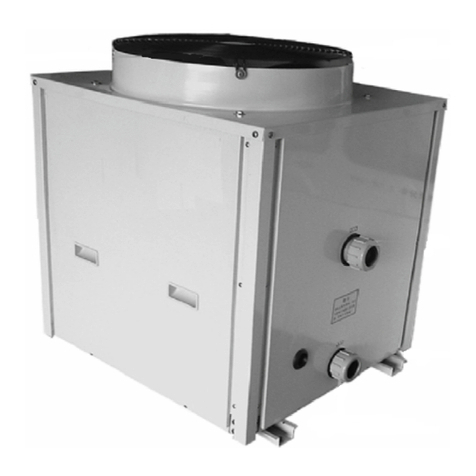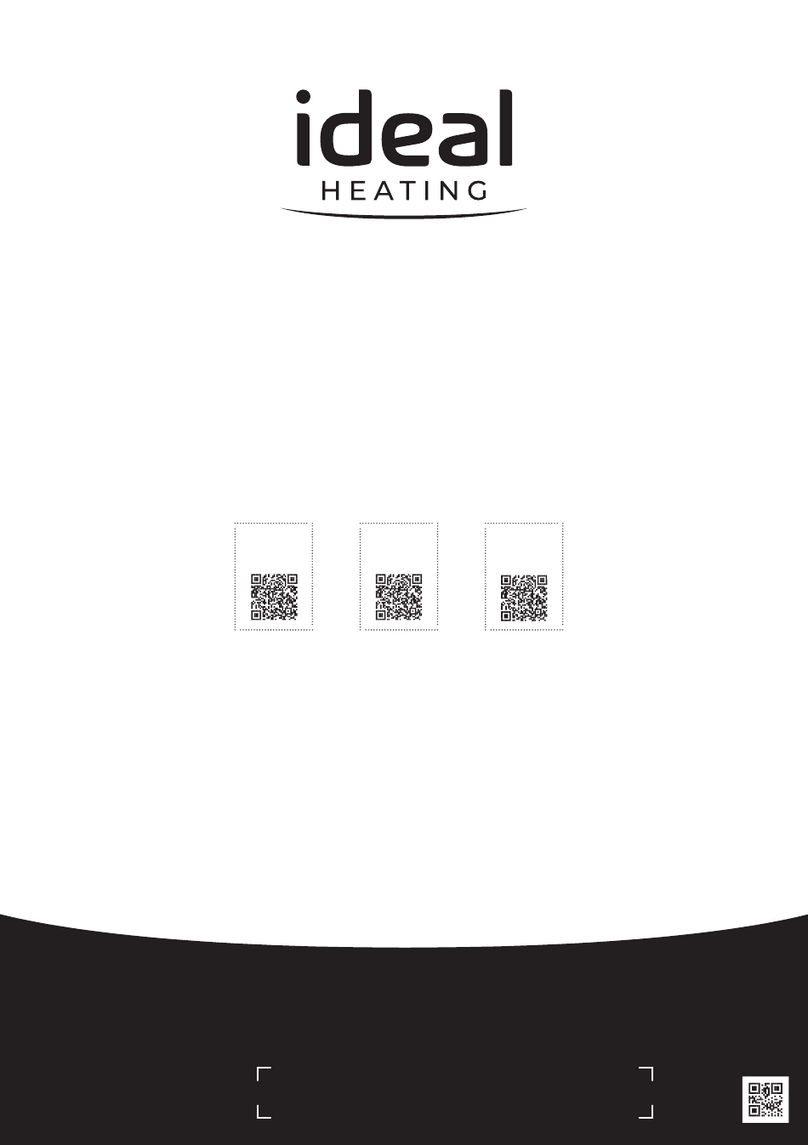
01.07.2022 3 / 70
AHP60-14/18 - Installation, Use and Maintenance
CONTENTS
1.
REGULATIONS, RECOMMENDATIONS AND WARNINGS..............................................................5
1.1. Applicable regulations and standards ........................................................................................................... 5
1.2. Recommendations and warnings................................................................................................................. 5
2. DESCRIPTION OF THE EQUIPMENT ..............................................................................15
2.1. Designations and scope.............................................................................................................................. 15
2.2. Packaging................................................................................................................................................... 15
................................................................................................................................................... 15
2.4. Technical data ............................................................................................................................................. 16
2.5. Description .................................................................................................................................................. 20
2.6. Operating principle ...................................................................................................................................... 22
3. INSTALLATION ...................................................................................................................24
3.1. Lifting and handling ..................................................................................................................................... 24
3.2. Location....................................................................................................................................................... 25
3.3. Installing the outdoor unit ............................................................................................................................ 25
3.4. Installing the control unit ............................................................................................................................. 31
3.5. Hydraulic connections ................................................................................................................................. 31
3.6. Electrical connections ................................................................................................................................. 37
4. PRE-REQUISITES BEFORE COMMISSIONING .............................................................42
................................................................................................................... 42
4.2. Switching On ............................................................................................................................................... 43
4.3. Commissioning ........................................................................................................................................... 43
............................................................................................... 43
4.5. Operating
diagram .......................................................................................................................................44
4.6. HMI Navigation............................................................................................................................................ 46
5. CONTROL INTERFACE ....................................................................................................47
5.1. User interface ............................................................................................................................................. 47
5.2. “SET” setpoint MENU.................................................................................................................................. 48
5.3. Sensor menu [TP] ....................................................................................................................................... 49
5.4. Error menu [Err] .......................................................................................................................................... 49
5.5. Operating hours menu [OHR] ..................................................................................................................... 49
5.6. Parameter menu [Par]................................................................................................................................. 49
6. TROUBLESHOOTING ........................................................................................................50
6.1. Troubleshooting of failures without error code ............................................................................................ 50
6.2. Error codes and repair ................................................................................................................................ 50
6.3. Inverter board errors ................................................................................................................................... 55
........................................................................................................ 56
7. MAINTENANCE OF THE OUTDOOR UNIT .....................................................................57
7.1. Draining water from outdoor unit ................................................................................................................ 57
7.2. Filling the outdoor unit with water ............................................................................................................... 57
7.3. Prolonged shutdown ................................................................................................................................... 57
7.4. Periodic checks .......................................................................................................................................... 58






























